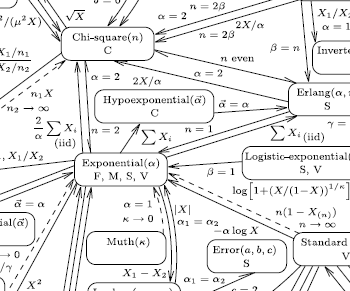Tommy Nicholas recently wrote a blog post advocating typing rather than copying-and-pasting code samples. I thought this was the most interesting paragraph from the post:
When Hunter S. Thompson was working as a copy boy at Time Magazine in 1959, he spent his spare time typing out the entire Great Gatsby by F. Scott Fitzgerald and A Farewell to Arms by Ernest Hemingway in order to better understand what it feels like to write a great book. To be able to feel the author’s turns in logic and storytelling weren’t possible from reading the books alone, you had to feel what it feels like to actually create the thing. And so I have found it to be with coding.
Joe Armstrong had similar advice:
Forget about the tools … buy a decent book and type in the programs by hand. One at a time thinking as you go. After 30 years you will get the hang of this and be a good programmer.
Typing code may be like riding a bicycle. I’m surprised how much more detail I see the first time I ride my bicycle over a road I’ve driven on, mostly because I’m moving slower but also because there’s an additional muscular dimension to the experience.
Another advantage to typing example code is that you’ll make mistakes, just as you will in real work. This will give you the opportunity to see what happens and to learn debugging, even though you may not appreciate the opportunity.

